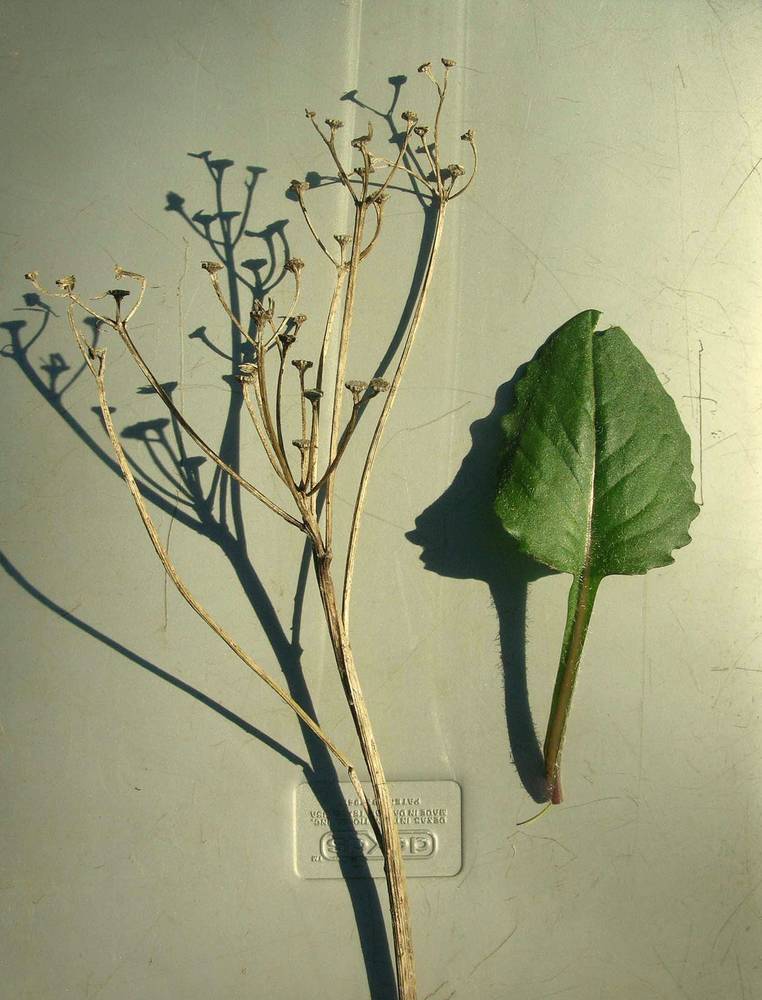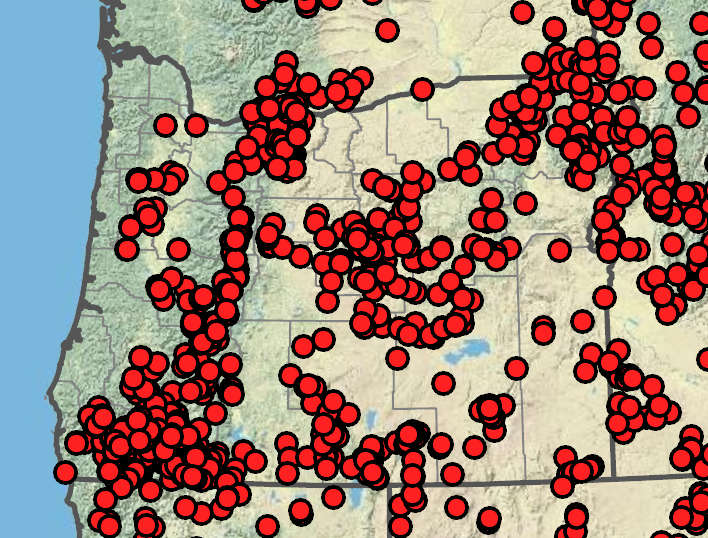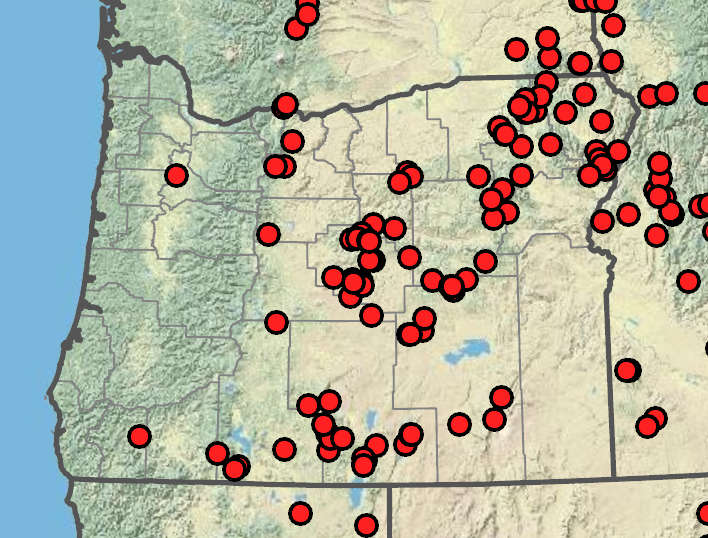Senecio integerrimus
Senecio hydrophiloides
lambstongue ragwort, western groundsel
stout meadow groundsel, sweet marsh butterweed
1, loosely arachnoid-tomentose, or villous, glabrate with age.
1, sometimes 2–4 and clustered, sometimes reddish tinged, glabrous or glabrate; young plants sometimes sparsely hairy.
mostly basal;
cauline progressively reduced distally; ± petiolate;
basal and lower cauline elliptic, lanceolate, linear, oblanceolate, rounded-deltate, rarely suborbiculate, bases tapered or truncate to cordate;
margins entire or dentate;
distal becoming sessile and bract-like.
mostly basal;
cauline reduced distally, elliptic to broad lanceolate; firm, bases tapering;
margins dentate to denticulate;
surfaces glabrous;
petioles often distinctly winged;
distal sessile and bract-like.
corymb-like arrays;
bracts 0 or inconspicuous.
loose or congested corymb-like arrays;
bracts 0 or inconspicuous.
urn-shaped.
widely cylindric to campanulate.
5, rarely 0;
rays 6–15(20) mm, yellow or white to pale yellow.
0 or 3–8;
rays 5–10 mm.
35–45.
30–45.
(8)13 or 21;
tips usually black, sometimes green.
8, 13 or 21, 4–9 mm;
tips black.
1–5+, inconspicuous, usually < 2 mm.
2–5 bractlets, inconspicuous; < 2 mm.
2.5–3 mm, usually glabrous, sometimes hairy along ribs.
2–3 mm, glabrous.
6–15(30+).
(6)15–30+.
=40, 80.
=40.
Senecio integerrimus
Senecio hydrophiloides
Western North America. 5 varieties; 3 varieties treated in Flora.
Damp hillsides, meadows, seeps. Flowering Jun–Jul. 1000–1900 m. BR, BW, ECas, Lava, Sisk, WV. CA, ID, NV, WA; north to British Columbia, northeast to Alberta, east to WY, southeast to UT. Native.
Plants in the western part of this species’ range tend to have single stems, more congested inflorescences, and more ray florets and have been treated by some authors as a distinct species (S. foetidus). Those further east have more stems, a looser inflorescence, and fewer ray florets. T.M. Barkley (1978) noted that these two forms intergrade so completely that they should be treated as a single species.
Debra Trock
Debra Trock
- Local floras:
BC,
CA,
OR,
WA
- Local Web sites:
CalFlora,
CalPhotos,
Flora NW,
PNW Herbaria,
Turner Photog.
WildflowerSearch
iNaturalist (observations)
USDA Plants Database
- LBJ Wildflower Center
- SEINet
- Plants of the World Online
- Encyclopedia of Life
- Wikipedia
- Google Image Search
- Local floras:
BC,
CA,
OR,
WA
- Local Web sites:
CalFlora,
CalPhotos,
Flora NW,
PNW Herbaria,
Turner Photog.
WildflowerSearch
iNaturalist (observations)
USDA Plants Database
- LBJ Wildflower Center
- SEINet
- Plants of the World Online
- Encyclopedia of Life
- Wikipedia
- Google Image Search





